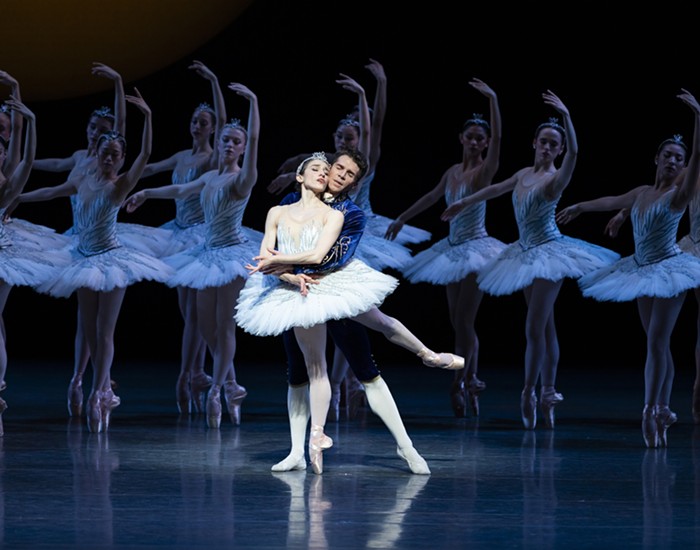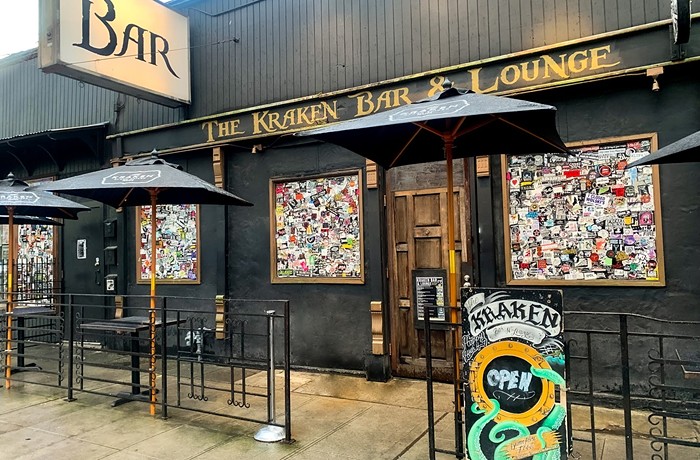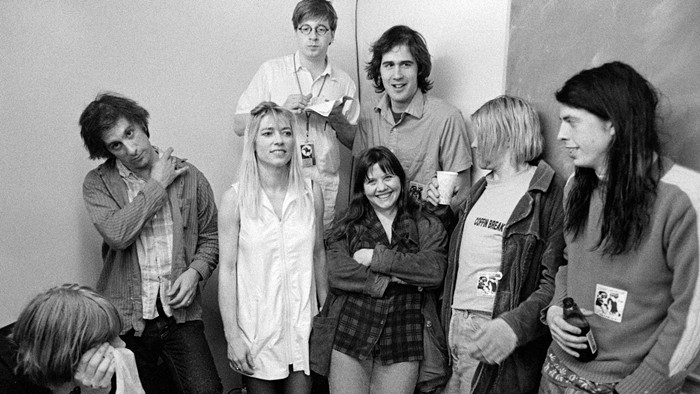
Before I moved to Seattle some months ago, I sometimes joked that Seattle was the perfect place for me because the city had a statue of Lenin. “Oh, that seals the deal!” a friend once joked in return, finishing out my humorous train of thought. Only in Seattle, he continued, could I—a one-time immigrant from Russia—take my future grandchildren for a Sunday stroll in Fremont, point to the statue, and regale them with stories about the similarly monumental Lenin I visited during Sunday strolls with my grandparents in the waning years of the Soviet Union.
Of course, I was being ironic. Nostalgia for the founder of the world’s first self-proclaimed communist state was not the reason I was moving to Seattle. I also wasn’t planning to pass on to any progeny the kind of Leninist ideology or leader cult that had been taught to me through children’s stories about the affectionately named “Grandpa Lenin.” Similarly, I didn’t miss Lenin’s stern gaze peering down at me from classroom walls, imploring us to “Study, study, study!” as Lenin’s well-known slogan put it. When I was growing up in the 1980s, Lenin was everywhere. He crept deep into my thoughts: once, I even promised my grandmother that, when she died, I’d make her a tombstone as grand as our city’s Lenin statue. I wasn’t alone in “domesticating” Lenin in this fashion. The author Gary Shteyngart recounted that the first creative text he wrote at the age of five was a superhero tale about Lenin’s travels with a flock of geese. Lenin leapt directly into the imaginations of Soviet children from pedestals in city squares.
Since Seattle mayor Ed Murray’s call to remove the Lenin statue from Fremont last week, in a statement emphasizing the need to remove the monument to Confederate soldiers at Lake View Cemetery, a number of local commentators have pointed out the false equivalency in his claim. Vladimir Lenin, as Murray’s critics have rightly pointed out, is not a galvanizing symbol around which the contemporary American left organizes itself the way that monuments to confederate leaders and soldiers have become rallying grounds for racists, neo-Nazis, and white supremacists, especially since the election of Donald Trump. Murray’s parallel between these two Seattle monuments in response to the tragic events in Charlottesville, VA, echoes Donald Trump’s own attempt to call the illiberal, fascist forces in this country and their critics equal parties in our civic discourse. Moreover, Murray, like those who agree with his logic, fail to see another key difference between the two monuments in the city: one has motivated a dangerous kind of nostalgia while the existence of the other is predicated on irony.
The scholar and writer Svetlana Boym distinguishes between two kinds of nostalgia. On the one hand, there is restorative nostalgia, which emphasizes the return to and the recreation of an idealized past though “total reconstruction of [its] monuments,” return to national symbols and myths and, occasionally, “swapping conspiracy theories.” Restorative nostalgia—especially when backed by mechanisms of state power—is usually toxic and, occasionally, dangerous. The vast majority of America’s Confederate statues sprung up long after the Civil War as monuments to the Confederacy’s lingering appeal to racists and segregationists in the Jim Crow era and beyond. These statues have in practice been instruments for the intimidation of African Americans and visible reminders that, though slavery was now gone, the white supremacy continued (and continues) to reign. Seattle’s Confederate monument was erected in 1926 by the local chapter of the United Daughters of the Confederacy—an organization formed with the goal of rehabilitating the image of the Confederacy, promoting the so-called “Lost Cause” centered on the Southern lifestyle, and de-emphasizing slavery as the main reason for war with the Union North. Today’s white nationalists continue to be drawn to Confederate monuments because, facing demographic headwinds in an increasingly diverse country, they can preserve white supremacy only through intimidation, violence, and the disenfranchisement of minority populations.
On the opposite end of nostalgia’s spectrum, Boym identifies reflective nostalgia, which emphasizes history’s ruins as ruins that are not meant to be rebuilt or venerated. Reflective nostalgia dwells in loss as a source of creativity, occasionally buoyed by ironic detachment. The statue of Lenin, though it may have been created as a restorative monument, is now—if a site of nostalgia at all—associated with the reflective kind. In the waning days of the USSR’s grip on Czechoslovakia, where the statue was installed in 1988 in the small city of Poprad, Lenin may have been intended to symbolize a return to the Bolshevik Revolution’s aspirational goals of a classless and just society. To the Czechoslovak Communist Party authorities who commissioned the monument, this statue of Lenin could have served as an aid in an counterhistorical attempt to restore an idealized past that never existed, a past unsullied by the intervening experience of oppressive, authoritarian rule.
However, in being purchased and brought to the USA’s Pacific Northwest, Poprad’s Lenin lost the restorative potential it may have been intended to possess. Instead of glorifying the founder of the Soviet state, as Seattle’ mayor thinks it does, this particular Lenin contains an entirely different set of meanings. Seattle’s Lenin could be—and has been—viewed as an ironic commentary on the values of communism itself (after all Lenin is now privately owned, displayed on private property, and up for sale ever since its installation two decades ago!). Some have seen it as a monument to the West’s victory over the USSR in the Cold War. Artists, activists, and creative vandals of all stripes have painted, decorated, postered up, and otherwise defaced the bronze Lenin to humorously or seriously recruit the statue to a vast range of causes. Since my arrival in Seattle just a few short months ago, I’ve already witnessed Lenin’s face being painted orange in not-too-subtle poke at Trump, the statue’s hands being painted blood red, and a dildo being placed on top of its head.
Unlike Seattle’s—and all other—Confederate monuments, which continue to symbolize the restorative vision of white supremacy to the newly emboldened extreme right, the statue of Lenin in Fremont is hardly a monument glorifying the founder of the Soviet Union. Moreover, Seattle’s Lenin—placed outside its intended setting and living its afterlife in an American city rather than in post-communist Eastern Europe—is an already-ironic and complexly textured take on the history of totalitarianism. It is a symbol taken down from its original location after its historical time had passed and moved to a place where it could be poked, prodded, decorated, and creatively reflected upon during this particular moment in America’s civic discourse.
Sasha Senderovich is an Assistant Professor in the department of Slavic Languages and Literatures and in the Henry M. Jackson School of International Studies at the University of Washington.


















